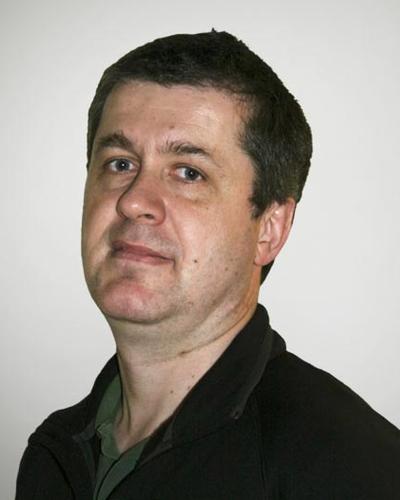High Resolution Tomography of the Central Mediterranean using Accurate Seismic Modeling
This Master's project was designed for Kaja Danielsen who started the Master's program in Earth Sciences, UiB, in the spring semester 2024. The Master's project is given by the geophysics research group.
Main content
Motivation (background):
Earthquakes and volcanic eruptions pose a continuous hazard. These hazards include casualties, economic loss, detrimental effects to the environment and, in the case of large volcanic eruptions, climate. Despite a significant research effort over many years, these hazards are still poorly understood. In particular, it is still not possible to predict time, location and size of earthquakes and volcanic eruptions. At the same time, it is has become clear that the mechanisms of these hazards are directly related to structure and dynamics of the Earth’s crust, mantle and core. In order to better understand this connection, and thereby the hazards, improved and higher resolution seismic images of the Earth’s deep interior are needed.
Hypothesis (scientific problem):
Improving high resolution imaging of the Earth requires a large amount of high quality data as well as improved seismic modeling and inversion techniques. The AdriaArray project is a large project that has installed hundreds of seismometers in central and southern Europe. Compared to the number of stations hitherto employed this is a dramatic increase in this tectonically active region. The main tectonic dynamics is caused by the collision of two plates, the African and Eurasian plate. The collision between these plates is the main reason for the occurrence of earthquakes and volcanoes, such as Etna, one of the world’s most active volcanoes in the world. The AdriaArray data, together with new modeling and inversion techniques, such as to be developed in this project, will make it possible to produce seismic velocity models that have considerably higher resolution than the ones produced so far and thus better understand the tectonics that give rise to these hazards.
Test (work):
Accurate modeling of ray paths and travel times of the seismic phases recorded by the AdriaArray seismometers is an essential step towards obtaining more detailed velocity models. This is especially challenging for regional phases such as Pn and Sn. Typically either ray tracing or wavefront tracking are used. The first goal of this project is to compare and apply these modeling methods for realistic velocity models that accurately reflect the complex tectonics, including subduction zones, Moho topography and magma chambers of the central Mediterranean. In the second part of the project the improved understanding of the nature and propagation of these arrivals will be used to improve their automatic picking and applied to regional tomography of the region, thus contributing to a better understanding of the geohazards.
Proposed course plan during the master's degree (60 ECTS):
GEOV302 (10 sp)
GEOV252 (10 sp)
GEOV375 (10 sp)
UiO-GEO-DEEP (5 sp)
GEOV300 (5 sp)
GEOV277 (10 sp)
GEOV355 (10 sp)
Prerequisites
Geophysics degree or equivalent
